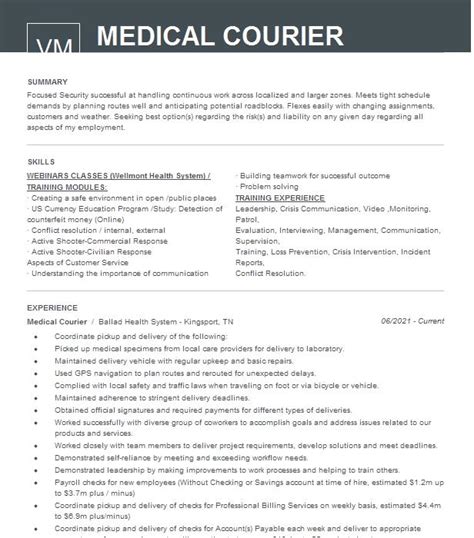Trucking Route
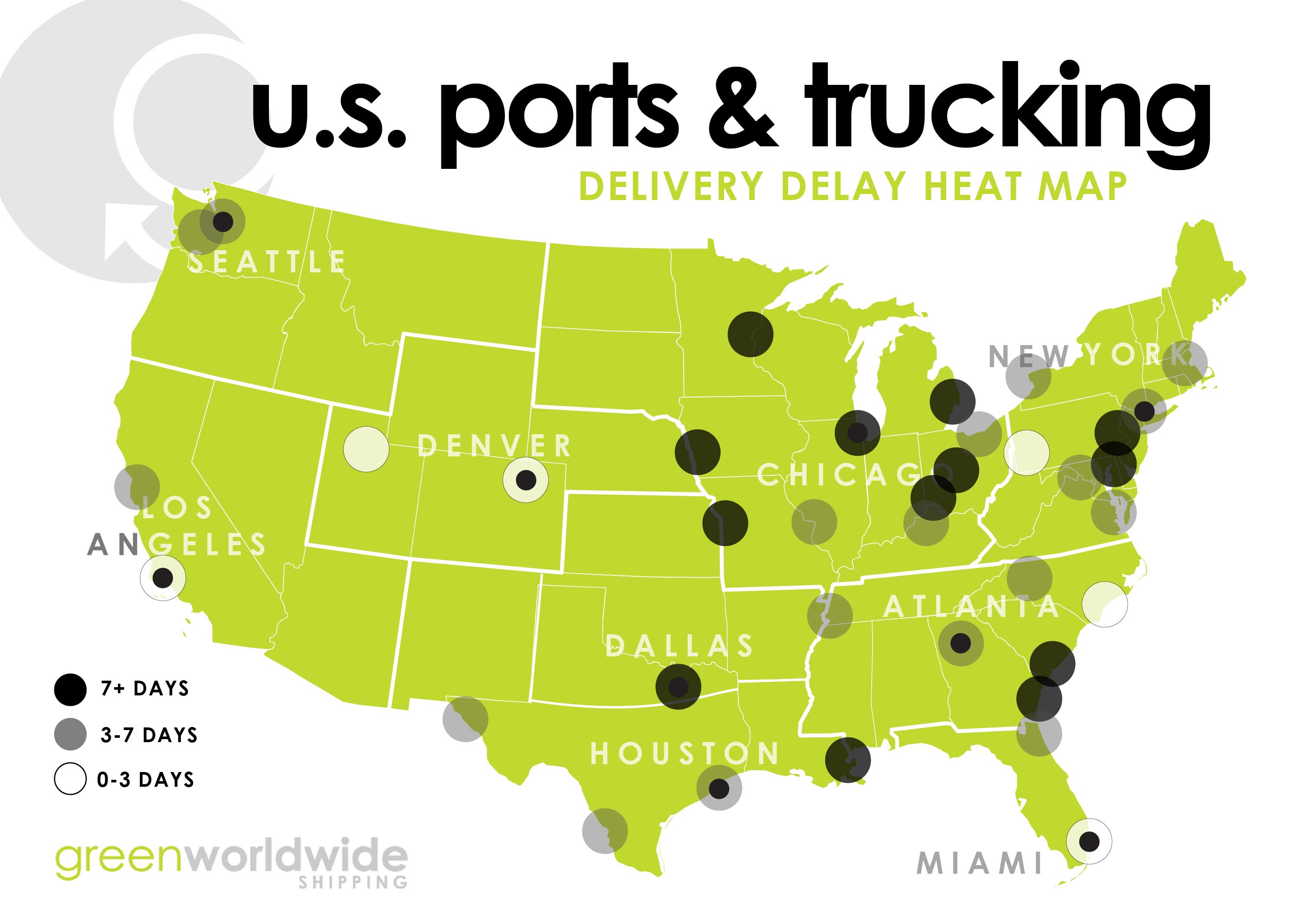
In the world of transportation and logistics, optimizing trucking routes is a critical aspect of ensuring efficient and cost-effective operations. With the ever-growing demand for timely deliveries and the constant pressure to reduce operational costs, businesses in the trucking industry are turning to innovative strategies and technologies to enhance their route planning and management.
This article aims to delve into the intricacies of trucking route optimization, exploring the key factors, strategies, and technologies that contribute to successful route planning. By understanding the importance of efficient routing, businesses can unlock significant benefits, including reduced fuel consumption, optimized driver productivity, and improved overall operational efficiency.
Understanding the Importance of Trucking Route Optimization

Trucking route optimization is a complex process that involves carefully planning and organizing the movement of goods from one location to another. It goes beyond simply mapping out a route on a GPS device; it requires a deep understanding of various factors that influence the efficiency and success of each journey.
Efficient route planning is essential for several reasons. Firstly, it helps reduce fuel consumption and associated costs. By optimizing routes, businesses can minimize unnecessary mileage, avoid congested areas, and utilize the most fuel-efficient paths. This not only saves money but also contributes to a more sustainable and environmentally friendly operation.
Secondly, well-planned routes lead to improved driver productivity. By providing drivers with clear and efficient directions, businesses can ensure that they spend less time on the road and more time delivering goods. This reduces driver fatigue, enhances job satisfaction, and allows for better scheduling and utilization of resources.
Additionally, optimized trucking routes contribute to better customer service. By accurately estimating delivery times and ensuring timely arrivals, businesses can meet customer expectations and build a strong reputation for reliability. This, in turn, leads to increased customer satisfaction and loyalty.
Key Factors Influencing Trucking Route Optimization
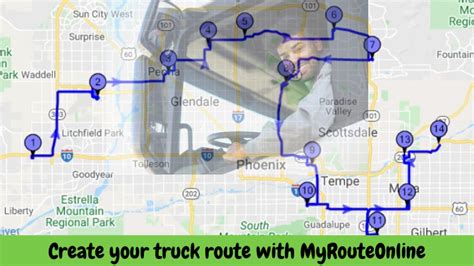
Several critical factors come into play when optimizing trucking routes. Understanding and considering these factors is essential for developing effective strategies and leveraging the right technologies.
Vehicle and Cargo Characteristics
The type of vehicle and the nature of the cargo being transported play a significant role in route optimization. Different vehicles have varying capacities, fuel efficiencies, and operational limitations. For instance, a truck designed for long-haul transportation may not be suitable for navigating tight urban areas. Similarly, the size, weight, and special requirements of the cargo must be considered to ensure compliance with regulations and avoid delays.
| Vehicle Type | Cargo Characteristics |
|---|---|
| Tractor-Trailer | Bulk goods, high-capacity loads |
| Box Truck | Smaller packages, local deliveries |
| Flatbed Truck | Oversized or specialized equipment |
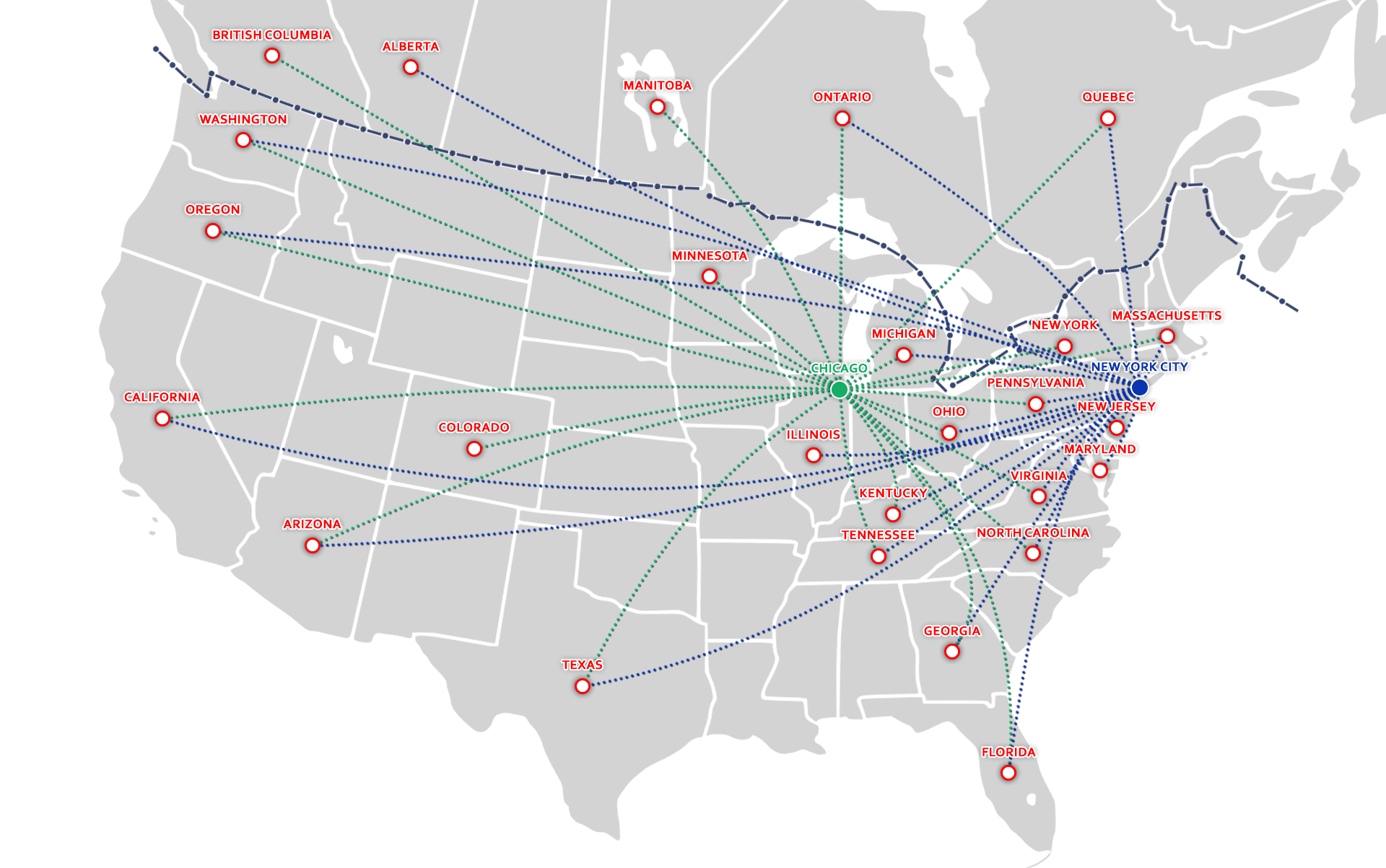
Traffic and Road Conditions
Traffic congestion and road conditions are critical factors that can significantly impact route efficiency. Real-time traffic data and historical traffic patterns help identify the best times to travel and avoid congested areas. Additionally, considering road conditions, such as construction zones, detours, and weather-related issues, is essential to ensure safe and timely deliveries.
Regulatory and Compliance Considerations
Trucking operations must adhere to various regulations and compliance standards. These include hours of service regulations, weight restrictions, and safety protocols. Optimizing routes takes into account these regulations to ensure that drivers and vehicles remain within legal limits and avoid potential fines or delays due to non-compliance.
Customer Requirements and Constraints
Understanding customer needs and constraints is vital for successful route optimization. This includes considering delivery time windows, specific pickup and drop-off locations, and any special handling requirements. By accommodating these factors, businesses can meet customer expectations and maintain a positive relationship.
Strategies for Effective Trucking Route Optimization
Implementing effective strategies is crucial for optimizing trucking routes and reaping the associated benefits. Here are some key strategies that businesses can employ to enhance their route planning processes.
Utilizing Advanced Route Planning Software
Advanced route planning software is a powerful tool for optimizing trucking routes. These software solutions leverage sophisticated algorithms and real-time data to analyze various factors and generate the most efficient routes. They consider vehicle and cargo characteristics, traffic conditions, and customer requirements to create optimized routes that minimize mileage, fuel consumption, and delivery times.
Route planning software often includes features such as real-time traffic updates, dynamic route adjustments, and route optimization based on historical data. By investing in this technology, businesses can significantly improve their operational efficiency and reduce costs.
Implementing Dynamic Routing Strategies
Dynamic routing strategies involve adapting routes based on real-time conditions and changing circumstances. This approach allows for flexibility and ensures that routes remain optimized even when unexpected events occur. For instance, if there is a sudden road closure or an increase in traffic congestion, dynamic routing can automatically adjust the route to find an alternative path.
Dynamic routing strategies often utilize predictive analytics and machine learning algorithms to anticipate potential issues and make proactive adjustments. By incorporating these strategies, businesses can maintain efficient operations despite unforeseen challenges.
Leveraging Data Analytics and Machine Learning
Data analytics and machine learning play a crucial role in trucking route optimization. By analyzing vast amounts of data, businesses can identify patterns, trends, and insights that inform their route planning decisions. This includes historical traffic data, vehicle performance metrics, and customer delivery patterns.
Machine learning algorithms can predict traffic congestion, optimize vehicle loading and routing, and even anticipate potential equipment failures. By leveraging these technologies, businesses can make data-driven decisions, improve operational efficiency, and reduce downtime.
Collaborative Route Optimization
Collaborative route optimization involves working together with other businesses or industry partners to optimize routes and share resources. This strategy is particularly beneficial for companies operating in the same geographic region or serving similar customer bases. By sharing information and resources, businesses can reduce mileage, minimize duplicate trips, and improve overall efficiency.
For example, multiple companies can collaborate to optimize their routes, ensuring that vehicles are utilized to their full capacity and that deliveries are made in the most efficient order. This collaborative approach not only reduces costs but also fosters a sense of community and sustainability within the industry.
The Role of Technology in Trucking Route Optimization
Technology plays a pivotal role in enhancing trucking route optimization. It provides the tools and insights needed to make informed decisions and ensure efficient operations.
GPS Tracking and Telematics
GPS tracking and telematics systems are essential for real-time monitoring of vehicle locations, speeds, and performance. These technologies provide accurate data on vehicle movements, allowing businesses to track their fleet and ensure that drivers are adhering to optimized routes. Additionally, telematics can capture vehicle diagnostics, fuel consumption data, and driver behavior, providing valuable insights for further optimization.
Digital Mapping and Route Visualization
Digital mapping tools and route visualization platforms help businesses visualize and analyze routes. These tools enable users to input specific vehicle and cargo characteristics, traffic data, and customer requirements to generate optimized routes visually. Route visualization allows for easy identification of potential issues, such as congested areas or long detours, and helps stakeholders understand the efficiency of each journey.
Integration of IoT Devices and Sensors
The Internet of Things (IoT) and sensors play a significant role in trucking route optimization. By integrating IoT devices and sensors into vehicles and cargo, businesses can collect real-time data on various parameters, including vehicle location, engine performance, and cargo temperature. This data enables businesses to make informed decisions, monitor compliance, and ensure the safe and efficient delivery of goods.
Automated Vehicle Guidance Systems
Automated vehicle guidance systems, often used in warehouses and distribution centers, can also be applied to trucking route optimization. These systems use sensors and advanced algorithms to guide vehicles along optimized paths, reducing the need for manual navigation and improving overall efficiency. By integrating automated guidance systems, businesses can streamline their operations and reduce the risk of human error.
Performance Analysis and Continuous Improvement
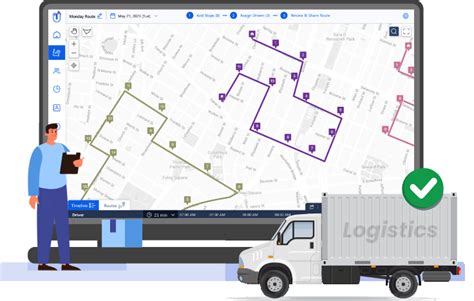
Trucking route optimization is an ongoing process that requires continuous analysis and improvement. By collecting and analyzing performance data, businesses can identify areas for enhancement and make data-driven decisions to further optimize their routes.
Key Performance Indicators (KPIs)
Businesses should establish relevant KPIs to measure the success of their route optimization efforts. These KPIs may include metrics such as fuel efficiency, on-time delivery rates, driver productivity, and customer satisfaction. By tracking and analyzing these KPIs, businesses can identify trends, set targets, and make informed adjustments to their strategies.
Regular Route Audits and Feedback
Conducting regular route audits and soliciting feedback from drivers and customers is essential for continuous improvement. Route audits help identify potential issues, such as missed turns or unexpected delays, and allow for adjustments to be made. Feedback from drivers and customers provides valuable insights into the effectiveness of optimized routes and helps identify areas where further enhancements can be made.
Adaptive Learning and Predictive Analytics
By incorporating adaptive learning and predictive analytics, businesses can stay ahead of the curve and anticipate potential challenges. These technologies use historical data and real-time information to make predictions and recommendations for future route optimizations. By leveraging these tools, businesses can proactively address issues, such as seasonal fluctuations in traffic or changes in customer demand, and ensure that their routes remain efficient and effective.
Future Implications and Industry Trends
As the trucking industry continues to evolve, several trends and developments are shaping the future of route optimization.
Integration of Autonomous Vehicles
The integration of autonomous vehicles into the trucking industry is an exciting development that holds significant potential for route optimization. Autonomous trucks can operate with increased efficiency, reducing the need for human drivers and minimizing the risk of human error. These vehicles can follow optimized routes with precision, adapt to changing conditions, and communicate with other vehicles and infrastructure to ensure smooth operations.
Smart Logistics and Supply Chain Integration
The concept of smart logistics and supply chain integration is gaining traction, and it has a profound impact on trucking route optimization. By integrating various supply chain components, such as warehousing, inventory management, and transportation, businesses can optimize their entire logistics network. This integrated approach allows for better visibility, more efficient routing, and improved overall supply chain performance.
Sustainability and Environmental Considerations
With growing concerns about sustainability and environmental impact, the trucking industry is increasingly focused on reducing its carbon footprint. Route optimization plays a crucial role in achieving this goal by minimizing fuel consumption and reducing vehicle emissions. By optimizing routes and adopting sustainable practices, businesses can contribute to a greener and more environmentally conscious industry.
Adoption of Advanced Analytics and AI
The adoption of advanced analytics and artificial intelligence (AI) is transforming the trucking industry. These technologies enable businesses to analyze vast amounts of data, make predictive decisions, and optimize routes based on real-time conditions. By leveraging AI and machine learning, businesses can enhance their operational efficiency, reduce costs, and stay ahead of the competition.
Conclusion
Trucking route optimization is a critical aspect of modern logistics and transportation. By understanding the key factors, implementing effective strategies, and leveraging advanced technologies, businesses can achieve significant improvements in operational efficiency, cost reduction, and customer satisfaction. As the industry continues to evolve, embracing innovative solutions and staying abreast of industry trends will be essential for maintaining a competitive edge.
How does trucking route optimization impact fuel efficiency and environmental sustainability?
+
Trucking route optimization plays a crucial role in improving fuel efficiency and reducing environmental impact. By minimizing unnecessary mileage, avoiding congested areas, and utilizing the most fuel-efficient paths, businesses can significantly reduce fuel consumption and associated carbon emissions. This not only saves costs but also contributes to a more sustainable and environmentally friendly operation.
What are the key benefits of dynamic routing strategies in trucking operations?
+
Dynamic routing strategies offer several advantages. They allow for real-time adjustments to routes, ensuring that unexpected events or changes in conditions do not disrupt operations. By adapting routes dynamically, businesses can maintain efficient operations, minimize delays, and provide better customer service by meeting delivery commitments.
How can businesses leverage collaborative route optimization to improve efficiency?
+
Collaborative route optimization involves working together with other businesses or industry partners to optimize routes and share resources. By collaborating, businesses can reduce mileage, minimize duplicate trips, and improve overall efficiency. This strategy not only reduces costs but also fosters a sense of community and sustainability within the industry.


